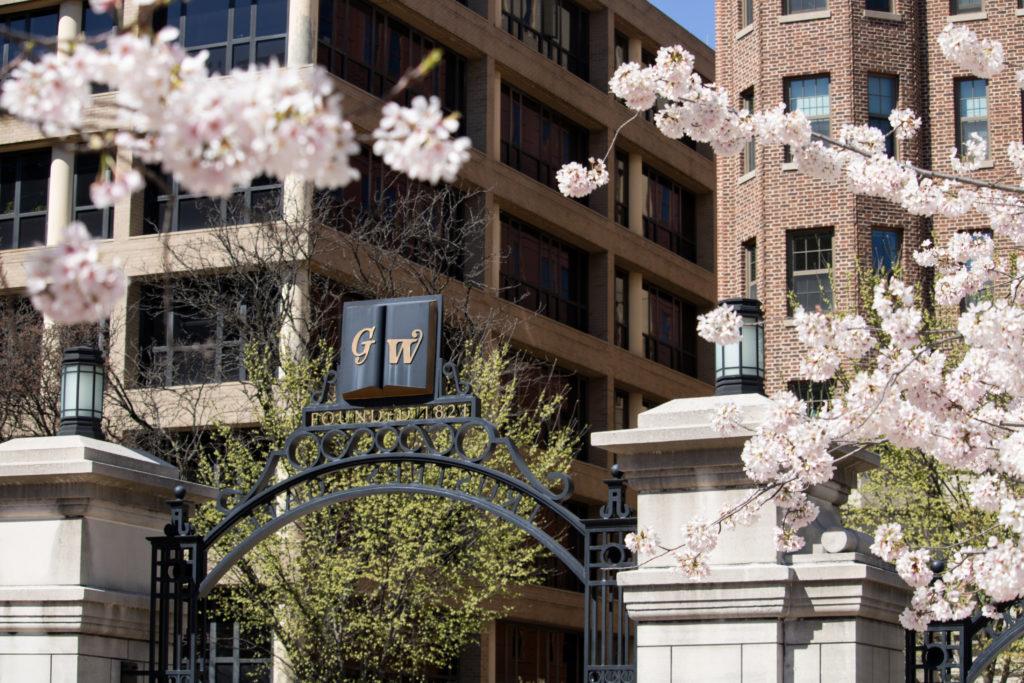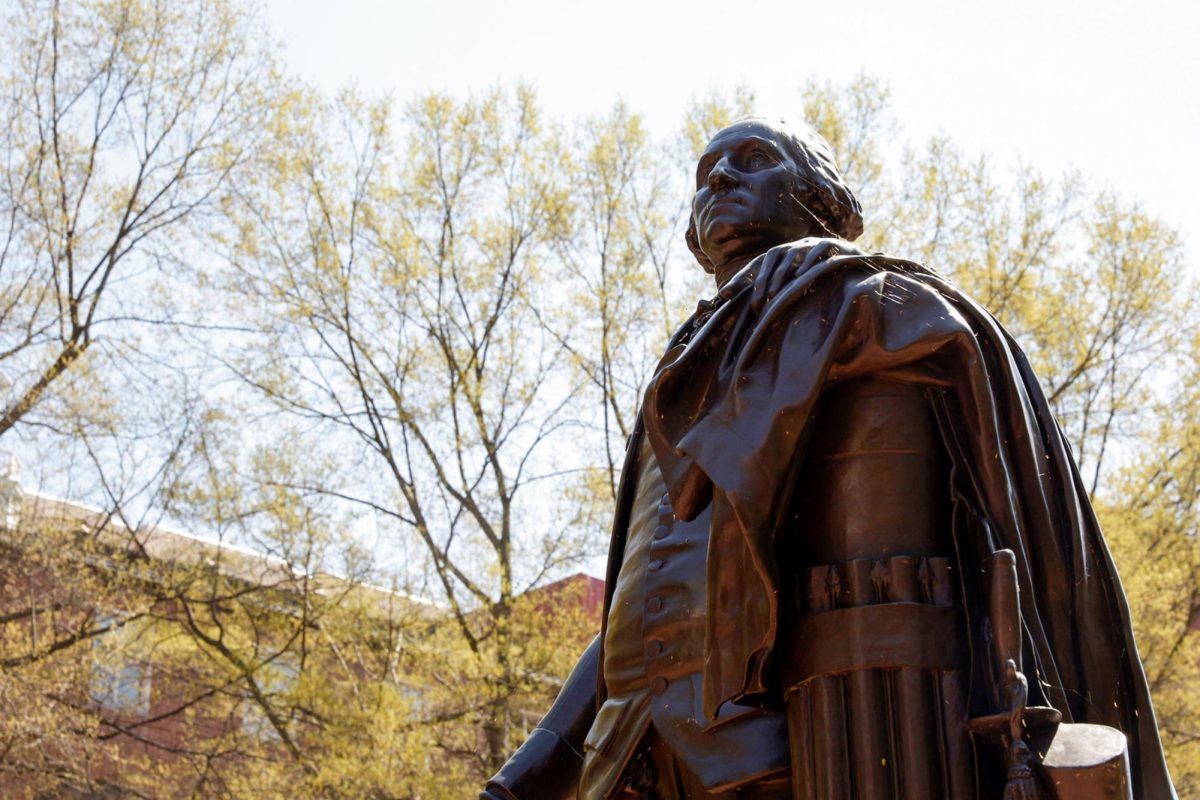The University recently commenced long-awaited renovations to the Smith Center, and has raised almost $9 million of the $25 million that they will eventually need for the project.
Individual donors have contributed about $4.5 million since fundraising began last spring, a figure that is being matched on a rolling basis by the Smith-Kogod foundation – which pledged up to $10 million, said Laurel Price Jones, vice president for advancement. The Smith-Kogod gift is the largest in University history.
“We will reach the $10 million figure,” Price Jones said of individual donations. “The fundraising is way ahead of the need to spend the money.”
Price Jones said that neither the men’s basketball team’s subpar performance this season nor the poor economy have affected fundraising efforts much so far, but conceded that her office has had to “work harder” because of the situation. The school has five years to reach the $10 million matching pledge, a timetable Price Jones said is easily attainable.
Funding was secure enough to start the first phase of the three-phase renovation at the start of this semester. Construction workers are jackhammering daily to clear out space in the bottom level of the building, which houses the weight room, locker rooms and training room, director of athletics Jack Kvancz said. It will eventually also be the site of the new academic center for athletes.
Jason Wilson, assistant athletic director and facilities manager for the Smith Center, said the first and second phase of the project – which features interior work on the main level, including a new athletic director’s club on the court-level – will hopefully be completed by this September. Though there is a tentative timetable, there will likely be setbacks as the work progresses, Kvancz added.
“The construction people have been nebulous in what they have said is going to happen because they don’t know what problems they’re going to hit,” Kvancz said. “It could even go quicker than we expect.”
By the time school starts next fall, the school hopes to at least have all of the teams’ locker rooms finished, Wilson said. The arena was built before Title IX changed the amount of space needed for women’s sports, forcing all sports to cope with less than ideal conditions.
“We’re going to make much better use of the space we have,” Wilson said.
Once the interior is finished, work will begin on the outside of the stadium, which will feature a glass entrance.
The Hatchet reported in September that the University had raised $1 million.
Dan Rocha, executive director of athletic development, and Richard Sheehe, assistant vice president of development communications, declined to comment.







